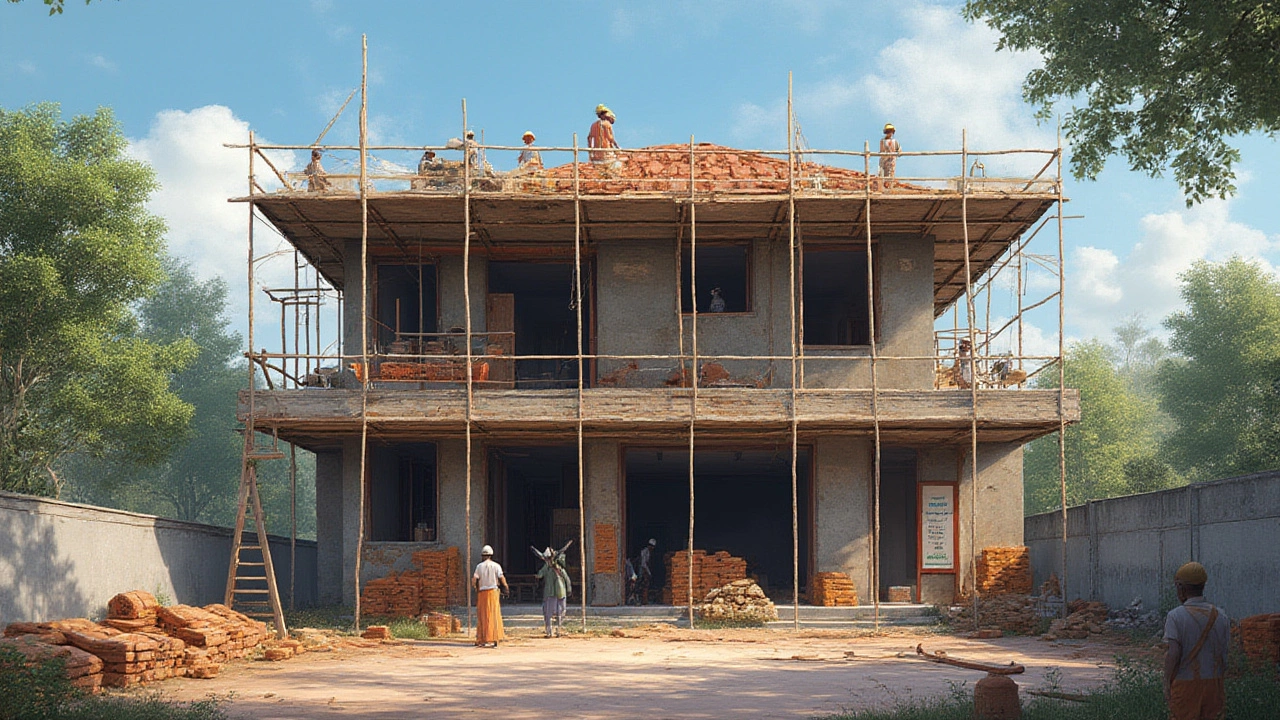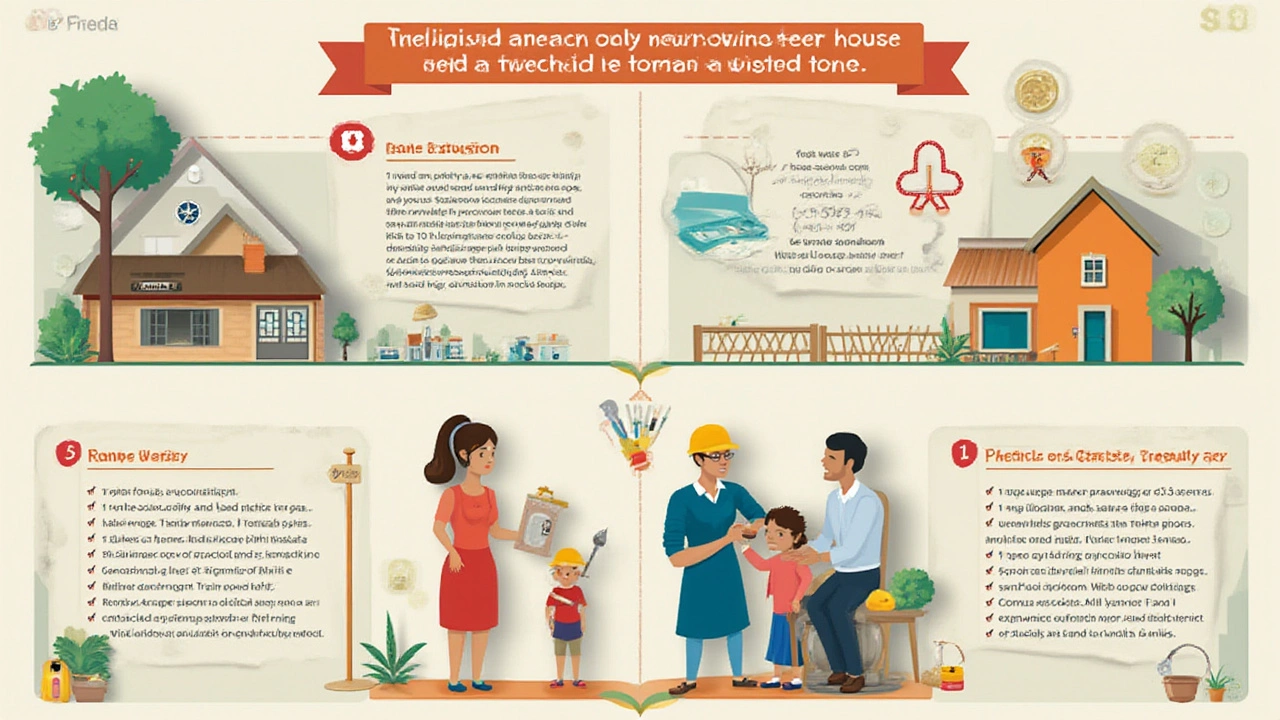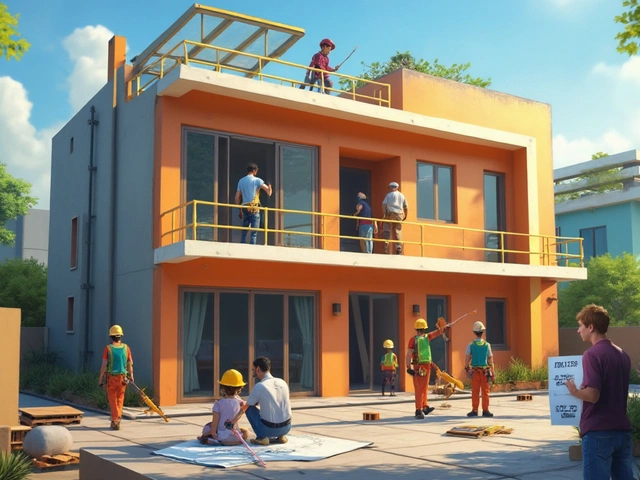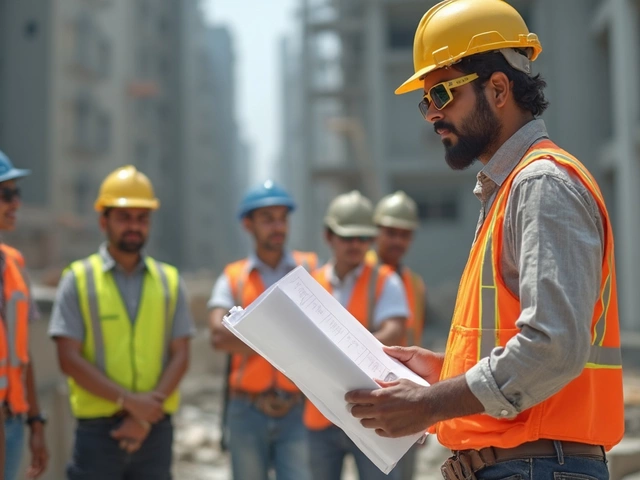Adding space isn’t just a luxury—it’s the fastest way to fall back in love with your home. But the price tags? They’re enough to make anyone pause, take a long look at their bank balance, and maybe even hide the credit card for a day or two. Last year, the UK averaged 125,000 home extensions, reflecting a real hunger for bigger, brighter living spaces. So, what’s it actually cost to snag some new square footage right now?
What Does It Cost to Put an Extension on a House in 2025?
Straight to the nitty-gritty: the average price for a single-story rear extension in 2025 lands between £2,500 and £3,800 per square meter in most parts of England. It’s not a small range. That means, for a 25-square-meter extension (think a big kitchen and a snug), you’re looking at £62,500 to £95,000 just for basic construction. And that doesn’t cover plush finishes or snazzy bi-fold doors. If you’re in London or the southeast, toss on another 15-25% because trades and permits there chew up the budget quicker than my daughter Aurelia can make a mess in the living room.
Let’s break it down by job type, because no two extensions are created equal:
| Extension Type | Average Cost per m² | Typical Total Cost (25m²) |
|---|---|---|
| Single-storey side/rear | £2,500-£3,800 | £65,000-£95,000 |
| Double-storey | +50% of single-storey | £90,000-£150,000 |
| Loft conversion | £1,400-£2,500 | £35,000-£65,000 |
| Garage conversion | £850-£1,400 | £17,000-£28,000 |
The *strong* factor behind the cost? Labour and materials. Timber frames are still a little cheaper than brick, but not by much these days. In 2024, materials went up by 11.5%—no joke, cement prices alone almost doubled since the pandemic. Now, insulation and windows are the next wild cards, especially with new UK green-home requirements demanding more energy efficiency in every wall, roof, and floor.
Tip: Always keep 10-15% of your total budget as a buffer. Builders will nod when you ask about hidden extras—but as someone who’s paid for rerouted drains, I can tell you: double check what’s included before you sign a contract.

Where Does Your Money Actually Go?
Walk through the process step by step, and you’ll see how cash slips away fast. Let’s map out a typical extension:
- Design and planning – Architects charge around £1,500-£5,000, depending on complexity. Planning permission is usually £206, but if you’re somewhere like Westminster, fees jump higher. In 2025, there’s often an extra design-review step to meet new energy regulations.
- Groundwork – Demolition, foundations, drainage. This swallows 20-30% of your total budget. If your soil is clay or there’s a massive tree near, costs spike (tree roots and building regs don’t mix well).
- Main build – The structural stuff. That’s bricks, blockwork, roofing, external doors; labour is about 30% of the cost, and materials are the rest. This part is straightforward if you have a flat site and clear access. If it’s tight, expect more money for scaffold and slow progress.
- Windows and doors – People love bi-folds or huge glass walls. These can balloon the budget: £1,800-£3,500 per set, sometimes more. Don’t forget the VAT!
- Internal features – Insulation, wiring, plumbing, floors, plaster, painting. Kitchens and bathrooms kill budgets—£10,000-£30,000 easy if you fancy mid-range to high end stuff.
- Finishing – Fixtures, sockets, paint, little details. These add up. Chasing electrical changes after the fact is pricier than doing it at build stage, so lock in your plans early.
Energy efficiency is a buzzword on every building site my mates work on this year. Expect to pay more for triple glazing, advanced insulation, and low-energy heating. But, if you skimp here, you’ll pay in bills every winter for the next twenty years.
There are extras and wildcards many forget. Party wall agreements (average £700 per neighbour if your wall is shared). Temporary kitchen or bathroom setups if work blocks yours up. Skip hire—around £300 per skip, and most jobs fill two or three. Security, too: one local site had all their copper pipes stolen before fittings went in, and the builder had to eat the cost.

How to Cut Costs and Avoid Extension Nightmares
You want more room. Not regret. That means planning for the best... but bracing for the hiccups. Here’s hard-earned advice and hacks I’ve picked up, both from my own house and from folks who’ve done this a few times:
- Get three quotes—always. Never, ever just run with the first builder who rings you back. Prices swing by thousands. Look for clear breakdowns and ask about what’s not included.
- Check experience, not charm—the smoothest talker isn’t always the best. Find someone who shows you jobs they’ve finished, gives you real references, and explains things in plain English.
- Use a contract—protects both you and your builder. The Federation of Master Builders offers templates you can adapt.
- Minimize changes—once you start, don’t move walls or add extras "just because." Every variation order inflates the bill and the stress. Plan your final layout and fixtures before building starts. Bring the kids in on decisions; Aurelia wanted a reading nook in our new extension, so we factored it into the drawings from day one.
- DIY only what you know—painting, sure. Wiring or plumbing, leave to the pros. The savings aren’t worth the headaches if you botch it and have to redo things.
- Shop smart for materials—builders’ merchants will beat the big DIY store prices. Sometimes, your builder’s trade account can save you a tidy sum, especially on timber and insulation.
Watch out for red tape. Most extensions need planning permission, but under ‘permitted development rights’ you might skip this if you stick within certain size limits—like rear extensions under three meters depth on a typical detached house. Always confirm with your council, though. Your builder may say "You’re fine," but I’ve seen build sites shut down for missing a piece of paper. Years later, selling the house could turn into a nightmare if you’re missing the right completion certificates or building control signoffs; lenders care, and so do fussy buyers.
Extensions add real value to your home. Nationwide’s property survey found that a decent rear extension can boost a three-bed semi's value by 14-19%, more in hotspots around Leeds, Bristol, and Manchester. But you need to be realistic: in some areas, maximum values exist. You won’t turn a £250,000 home into a £500,000 palace just by adding a big kitchen. Get a local estate agent to give you a ceiling price before you jump in.
As for the fun part—choosing layouts, windows, floor finishes—it’s worth every minute. Extensions are dusty, loud, and test your nerves, but nothing beats seeing your home grow with your needs. I still remember Aurelia’s face lighting up when she raced into our finished extension for the first time. That moment makes all the spreadsheets, meetings, and builder cups of tea worth it.



Write a comment